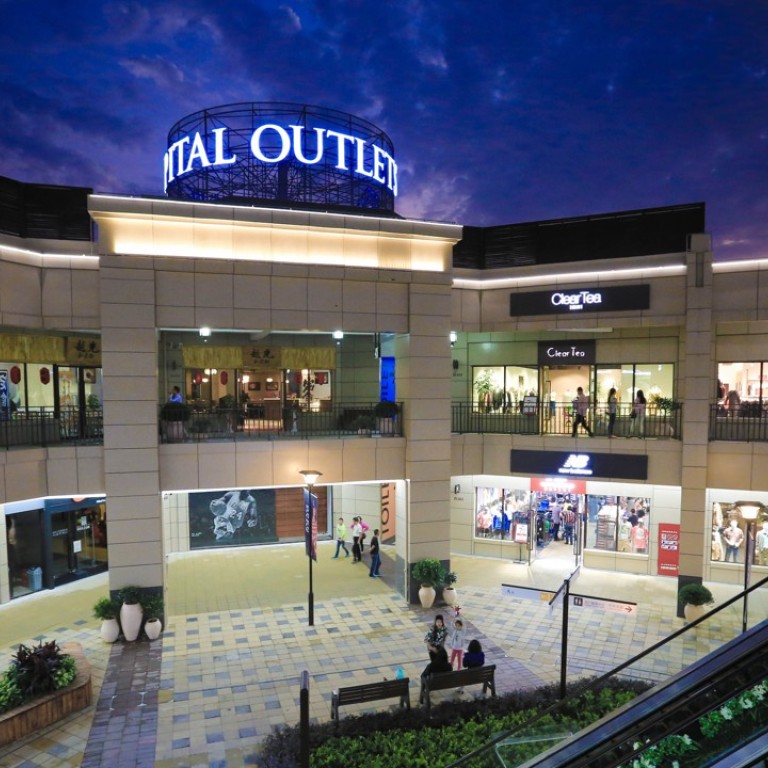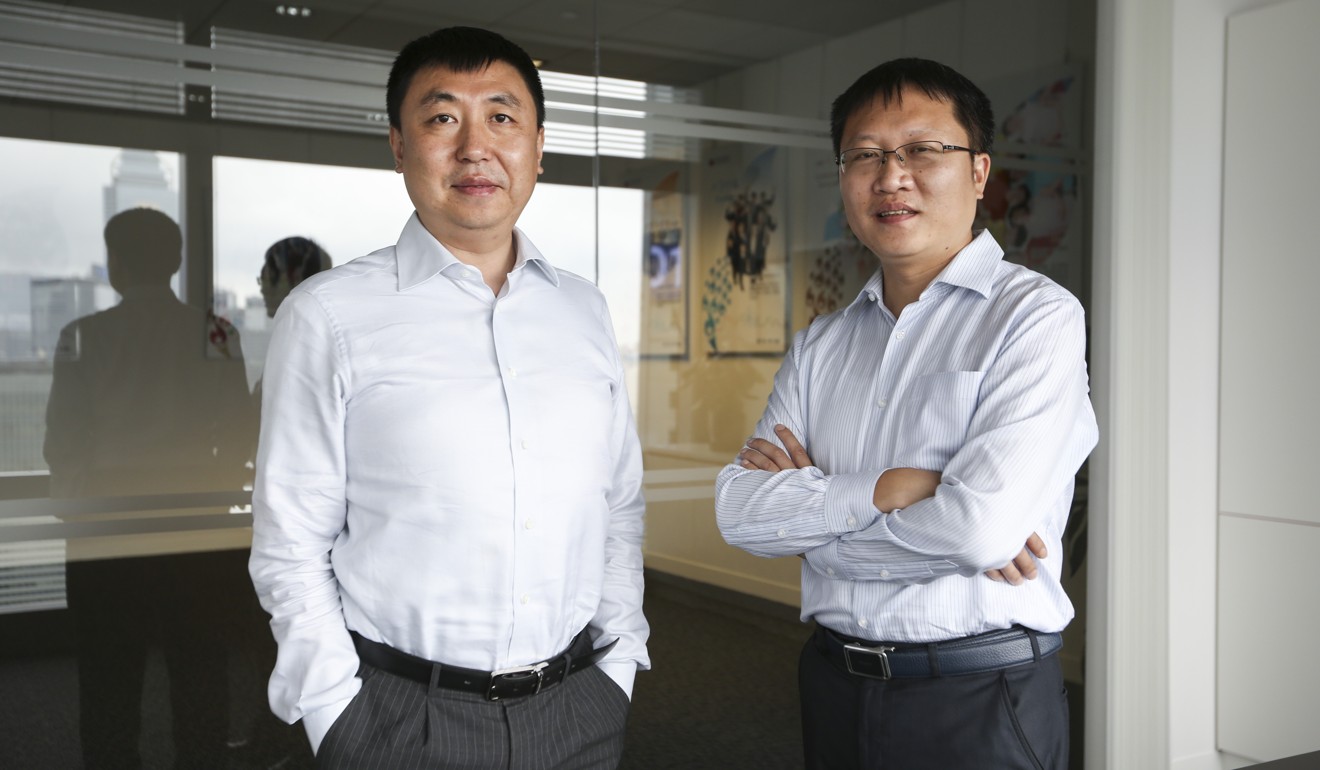
China has room for four times more outlet malls, says industry leader
Beijing Capital Juda says the Chinese market can accommodate another 150 outlet malls, from the current 50
China’s major outlet store developer and operator Beijing Capital Juda, which is backed by Sino-Ocean Group and KKR, said it would have opened 20 malls by 2020, as the country could accommodate another 150 outlets.
“By our calculation, there are about 50 standard outlets opened in China, compared to nearly 300 outlets in the US. We see great potential in the China’s market,” said Bryan Feng, chief executive officer of Beijing Capital Juda.
“We believe the market can accommodate 200 standard outlets,” he said.
The Hong Kong-listed firm is a spin-off of state-owned property developer Beijing Capital Land owned by Beijing Capital Group.
Feng said they could leverage not only from state-backed Sino-Ocean and KKR’s financial investments into the company, but more importantly, the overseas management experience and commercial resources for expansion that both backers have.
KKR has invested in outlets in Europe, while Sino-Ocean Group operates a number of commercial complexes and has rich industry resources such as the tenant network and land resources. Both have jointly invested HK$1.47 billion (US$191 million) into Beijing Capital Juda last year, holding a 16 per cent and 12 per cent stake in the company, respectively.

That would have elevated the company to be the largest player in the Chinese market by then, by the number of and sales, Feng said.
We believe the market can accommodate 200 standard outlets
Although there are already several established outlets in top cities like Beijing, Shanghai and Guangzhou, including Florentia Village operated by Italian luxury discount mall operator RDM and state-owned Bailian Outlets, Beijing Capital Juda said there was still plenty of room for growth.
“Shanghai, for example, can accommodate six outlets from the existing three, given its tens of millions of population and the huge size of the city,” Feng said.
“In Europe, a town with hundreds of thousands people would already have an outlet.”

Chinese youths preferred brands as a means for self-expression, he said, so they were negotiating with a series of diffusion lines to top brands in the US and Europe, as well as eco-friendly fashion labels to their outlets.
Backed by the Beijing Capital Group, the company said with authorities’ enthusiasm to build outlets in their local tourist spots or new urban districts also meant that it could secure prime locations for their projects.
The company has introduced various facilities, from cinema, children’s playground to trampoline to encourage consumers to spend throughout the day in the outlets.
“Outlet shopping will become a new normal in the Chinese consumer market,” Feng said.
“While it’s impossible for consumers to always go abroad for holidays, coming to our outlets is a good alternative.”

